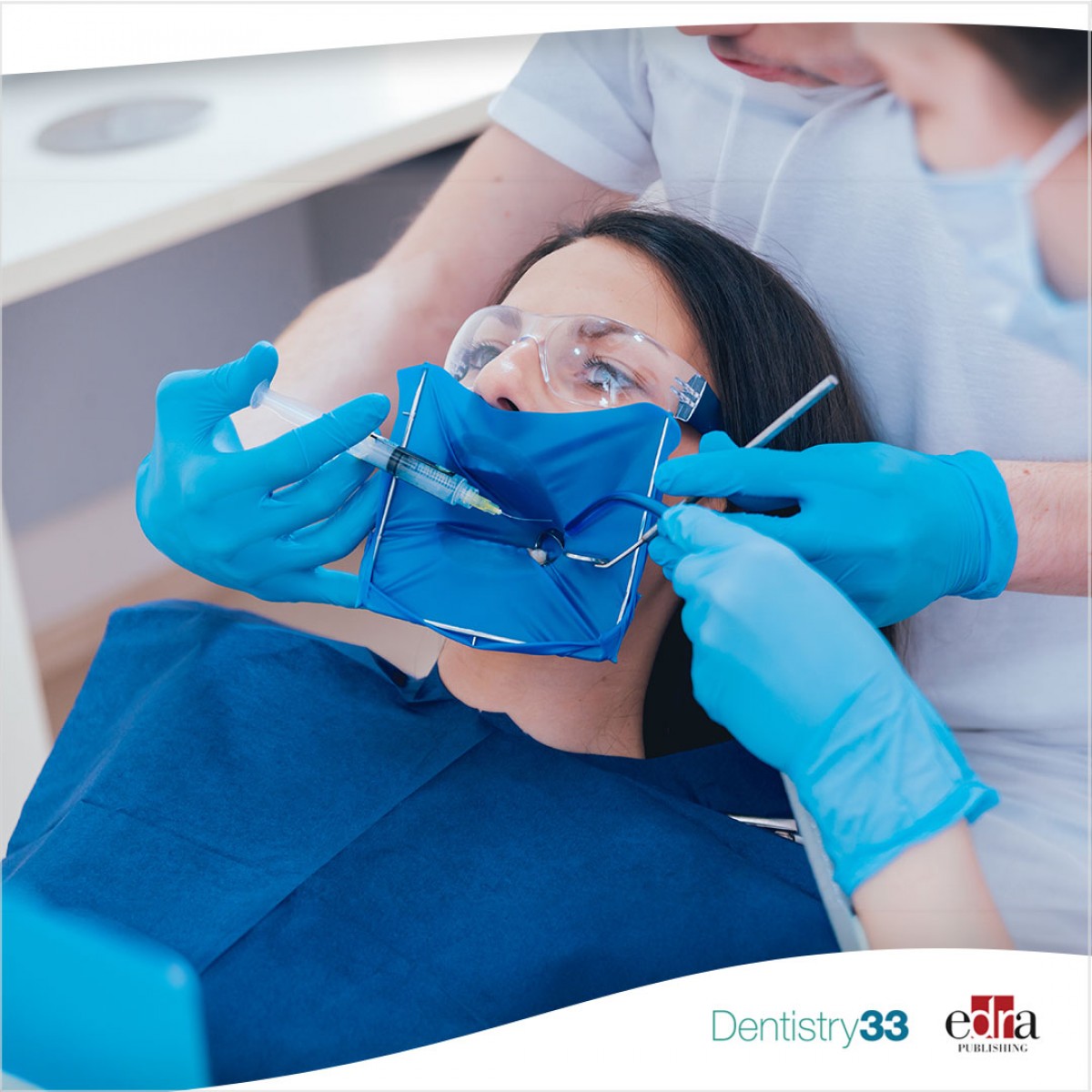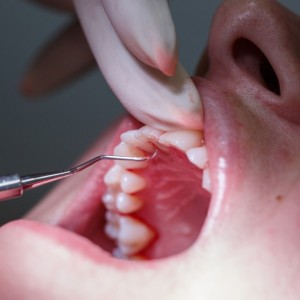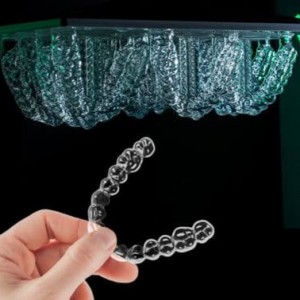
Effects of diabetes on levels, nanostructure of root canal dentin
Introduction
This study evaluated the effects of diabetes mellitus (DM) on the nanostructure of root canal dentin using high-resolution transmission electron microscopy (HRTEM) and inductively coupled plasma mass spectrometry (ICP-MS).
Methods
Twenty extracted human premolars from diabetic and non-diabetic patients (n=10 in each group) were decoronated and sectioned horizontally into forty 2-mm-thick dentin discs, with each disc designated for a specific test. ICP-MS was used to determine the different elemental levels of Cu, Li, Zn, Se, Sr, Mn, and Mg in diabetic and non-diabetic specimens. HRTEM was used to analyze the shape and quantity of the apatite crystals in diabetic and non-diabetic dentin at the nanostructural level. Statistical analysis was performed using Kolmogorov-Smirnov and student’s t-test (p<0.05).
Results
ICP-MS revealed significant differences in trace element concentrations between the diabetic and non-diabetic specimens (p<0.05), with lower levels of Mg, Zn, Sr, Li, Mn, and Se (p<0.05), and higher levels of Cu in diabetic specimens (p<0.05). HRTEM revealed that diabetic dentin exhibited a less compact structure with smaller crystallites and significantly more crystals in the 2500 nm2 area (p<0.05).
Conclusion
Diabetic dentin exhibited smaller crystallites and altered elemental levels than non-diabetic dentin, which could explain the higher root canal treatment failure rate in diabetic patients.
Mohammad Ali Saghiri et al. "Effects of Diabetes on Elemental levels and Nanostructure of Root Canal Dentin." Journal of Endodontics. 8 July 2023. DOI:https://doi.org/10.1016/j.joen.2023.07.002
 Related articles
Related articles
Endodontics 20 May 2024
The most frequently intracanal antibacterial dressing currently used is calcium hydroxide (Ca(OH)₂), whose antibacterial capacity is due to the alkalinity which produces a release of highly...
Root canal instrumentation is performed using endodontic instruments, aided by irrigation systems, in aseptic working conditions. Canal instrumentation can be performed using manual or motorized...
Restorative dentistry 21 March 2024
How does the universal adhesive’s film thickness affect its ability to effectively bond to dentin?
Modern composite restorations rely on increasingly efficient adhesive systems, but sometimes it is not clear how thick the adhesive layer needs to be.
Endodontics 30 August 2023
The aim of the study was to assess the presence and extent of sclerotic dentin and to study its impact on the direction of fracture lines in extracted mandibular first molars of young (20 to 44...
External cervical resorption is a type of dental resorption that originates from the loss of the cementum's protective layer.
 Read more
Read more
Periodontology 30 October 2025
To update the competences and learning outcomes and their evaluation, educational methods and education quality assurance for the training of contemporary specialists in periodontology
Editorials 30 October 2025
New research explores the prevalence of dental fear and memories underlying it, underscoring the need for accessible treatment.
Products 30 October 2025
LuxCreo, a global innovator in personalized medical and dental devices, announced that it has received a strategic investment from Angelalign Technology Inc., a leading.
News 30 October 2025
GTCR, a leading private equity firm, announced the simultaneous signing and closing of a strategic, structured minority investment in Solmetex (the “company”).
News 30 October 2025
PDS Health, a leading integrated healthcare support organization, has announced the launch of PDS Health Medical, a new business unit that connects medical care to dental practices through connected...















